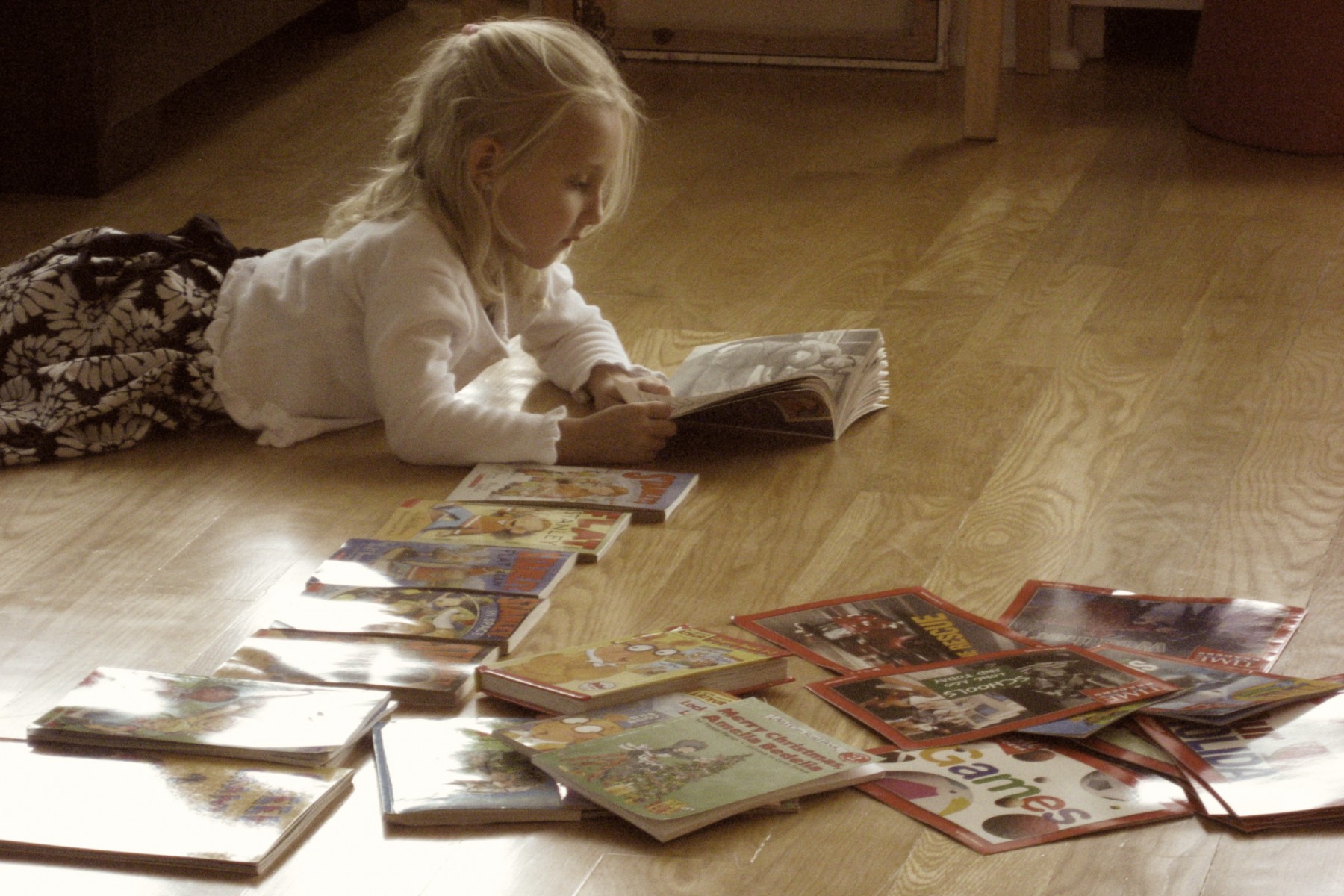Understanding how your child takes in and retains what they learn– her learning style, will help you support your child as a lifelong learner.
There are four main styles including kinesthetic– active, hands-on, learn by doing learners. They learn best through movement and activity. Visual learners, process best through ways that they can see – images, drawings, diagrams, maps, and colors. Drawing pictures to remember vocabulary or making a diagram to memorize math facts are great tools for a visual learner. These are the note takers, the highlighters. They prefer it to be quiet to study and learn. Auditory learners learn best through sound, preferring lectures, oral instruction and read-alouds. You’ll find them sing songing facts to music to study for a test, or reading aloud to ‘get it’. And they’ll excel if you provide oral directions. They are often good with words or language and are abstract, conceptual thinkers. And finally, tactile learners learn best through exploring with their senses, often preferring to use blocks, math manipulatives, models, and puzzle pieces. These kids learn by doing and touching.
Multiple Intelligences
According to Dr. Howard Gardner, a psychologist and professor of neuroscience at Harvard University and author of Frames of Mind: The Theory of Multiple Intelligences (1983), it is not a matter of whether a person is intelligent, but rather how their intelligence is manifested. Gardner believes that there are 9 types of intelligences that we all have in varying degrees.
Consider your child’s natural abilities and consider where his or her strengths are manifested. Has your child shown strong musical abilities, or spatial intelligence? Using Gardner’s intelligences as a guide, start to pay closer attention to how the interests of your child align and find programs and activities that support them.•••
Gardner’s 9 Types of Intelligences:*
Linguistic Intelligence
Logical/Mathematical Intelligence
Musical Rhythmic Intelligence
Bodily/Kinesthetic Intelligence
Spatial Intelligence
Naturalist Intelligence
Intrapersonal Intelligence
Interpersonal Intelligence
Existential Intelligence
•••
Children who build skyscrapers with Legos may have strong spatial intelligence while children who are adept at socializing and easily build friend groups are more interpersonally intelligent.
Linguistic Intelligence:
the capacity to use language to express what’s on your mind and to understand other people. Any kind of writer, orator, speaker, lawyer, or other person for whom language is an important stock in trade has great linguistic intelligence.Logical/Mathematical Intelligence:
the capacity to understand the underlying principles of some kind of causal system, the way a scientist or a logician does; or to manipulate numbers, quantities, and operations, the way a mathematician does.Musical Rhythmic Intelligence:
the capacity to think in music; to be able to hear patterns, recognize them, and perhaps manipulate them. People who have strong musical intelligence don’t just remember music easily, they can’t get it out of their minds, it’s so omnipresent.Bodily/Kinesthetic Intelligence:
the capacity to use your whole body or parts of your body (your hands, your fingers, your arms) to solve a problem, make something, or put on some kind of production. The most evident examples are people in athletics or the performing arts, particularly dancing or acting.Spatial Intelligence:
the ability to represent the spatial world internally in your mind — the way a sailor or airplane pilot navigates the large spatial world, or the way a chess player or sculptor represents a more circumscribed spatial world. Spatial intelligence can be used in the arts or in the sciences.Naturalist Intelligence:
the ability to discriminate among living things (plants, animals) and sensitivity to other features of the natural world (clouds, rock configurations). This ability was clearly of value in our evolutionary past as hunters, gatherers, and farmers; it continues to be central in such roles as botanist or chef.Intrapersonal Intelligence:
having an understanding of yourself; knowing who you are, what you can do, what you want to do, how you react to things, which things to avoid, and which things to gravitate toward. We are drawn to people who have a good understanding of themselves. They tend to know what they can and can’t do, and to know where to go if they need help.Interpersonal Intelligence:
the ability to understand other people. It’s an ability we all need, but is especially important for teachers, clinicians, salespersons, or politicians — anybody who deals with other people.Existential Intelligence:
the ability and proclivity to pose (and ponder) questions about life, death, and ultimate realities.
*Descriptions for Howard Gardner’s types of intelligence via Education Portal
